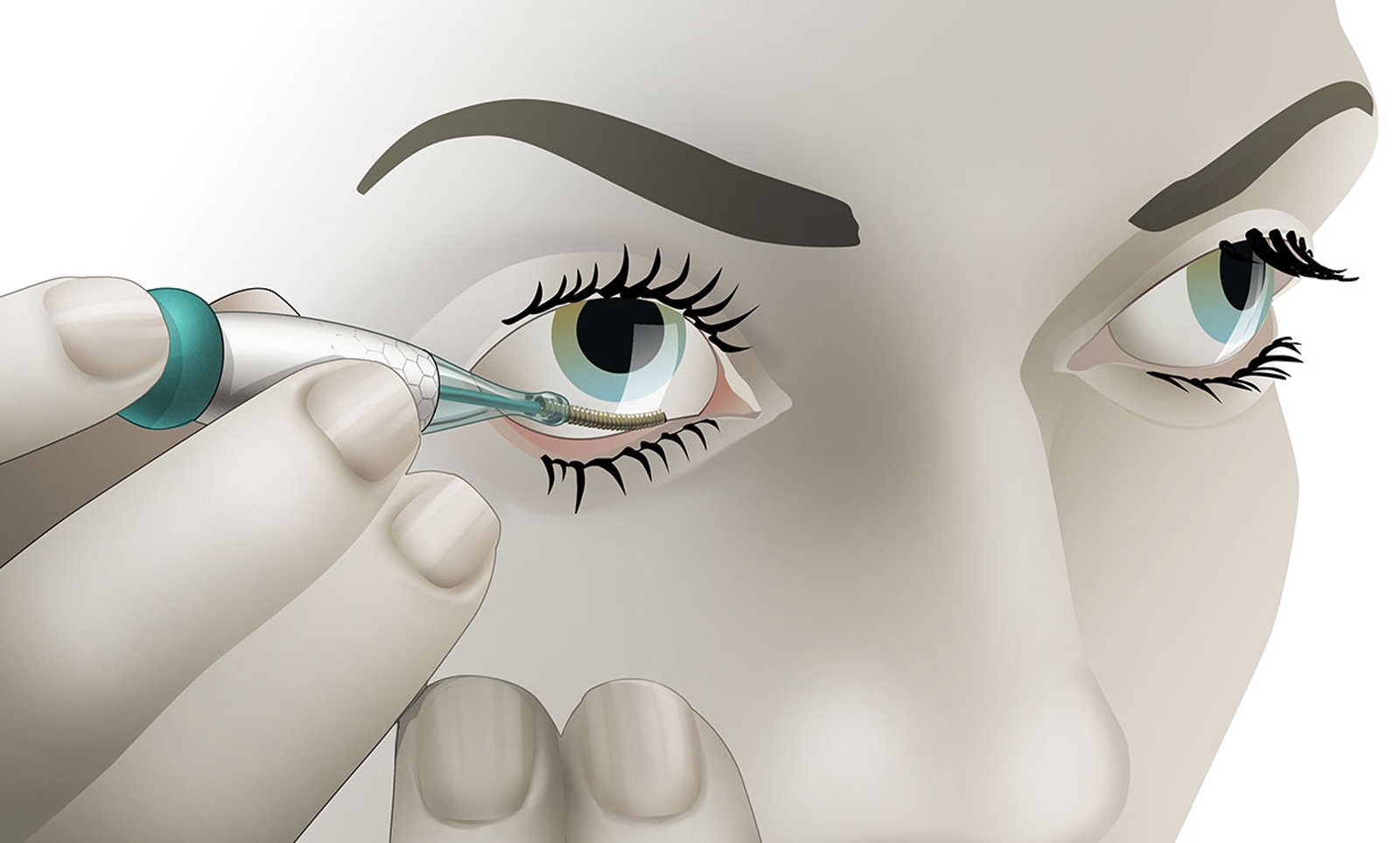Just because Alphabet’s Verily shelved its glucose-monitoring contact lens doesn’t mean you’re stuck without an unintrusive way to manage diabetes. IEEE Spectrum has discovered a recent study that shows promise for Dutch startup Noviosense’s own wearable glucose monitor, which measures tears by sitting in your lower eyelid. The spring-like coil was accurate enough that 95 percent of its data was either as good as blood or close enough to be acceptable. For contrast, previous studies suggested that tears might only have a 70 percent correlation at best.
The technology works by tapping into “basal tears,” or a continuous stream of tears that don’t require stimulation. According to Noviosense founder Christopher Wilson, contact lenses like Verily’s tend to dry out an eye layer, pool up fluid and otherwise create an unreliable source of tears. And before you ask: yes, it should be comfortable. It can sit in the eyelid for long periods and won’t pop out when you rub your eyes.
There’s one main problem with the study: it involved just six people. Noviosense will need to conduct more tests and implement further refinements before there’s something that would be practical. However, the very fact this technology is advancing forward is important. There might still be a time when you can keep tabs on diabetes in a subtle way without needles, implants or other methods that might be painful, inconvenient or simply conspicuous.
(38)

